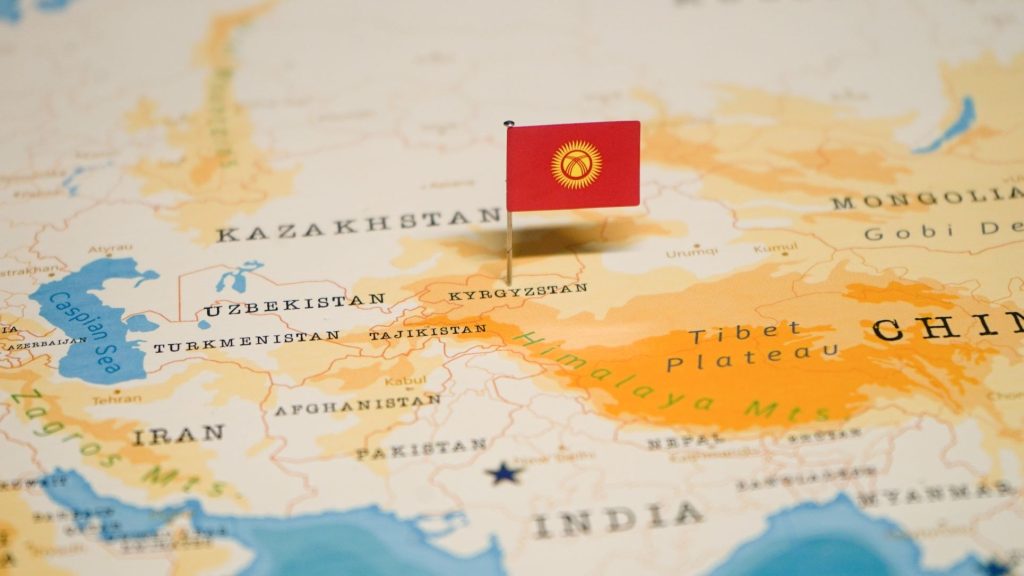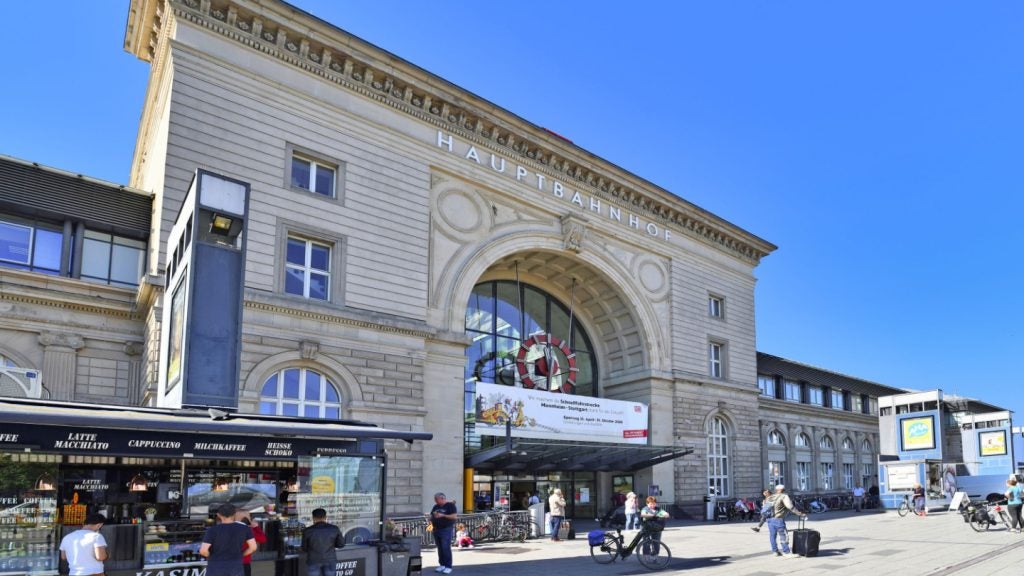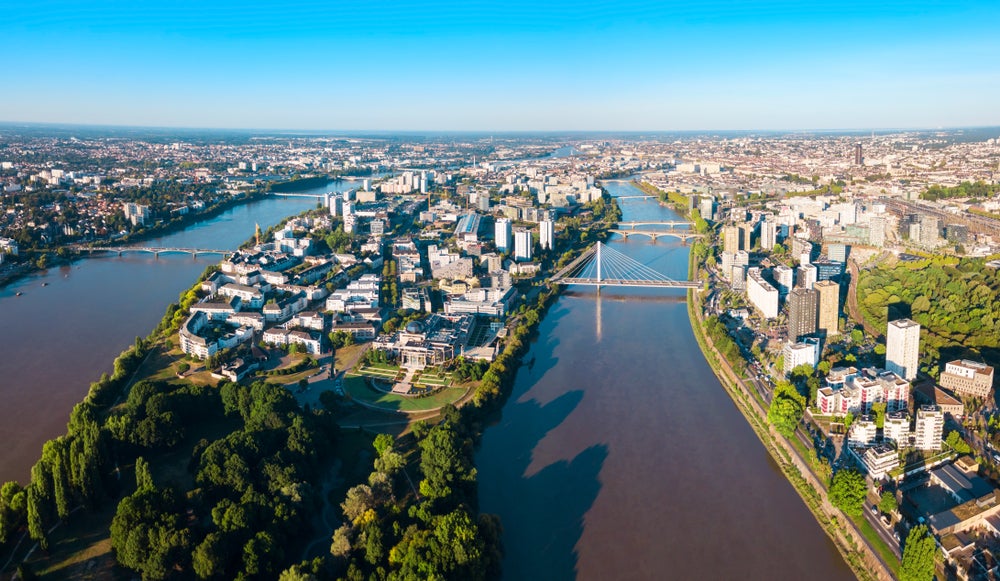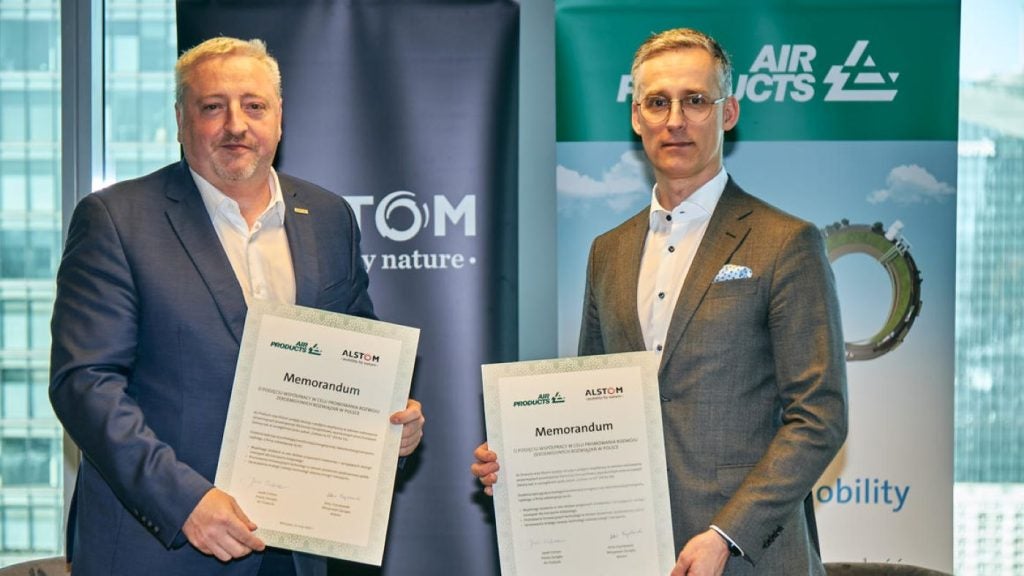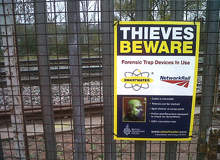
There is something undeniably odd about the idea that thieves keep a careful watch on global commodity prices – but with copper prices soaring on the world markets, and trackside cable robbery rising at the same rate, it appears that the modern criminal really is doing just that.
“Cable theft is one of the biggest challenges faced by the British Transport Police after terrorism,” says BTP Deputy Chief Constable, Paul Crowther, who also leads the UK Association of Chief Police Officers’ Conductive Metal Theft Working Group. It is easy to see why; in April 2010 alone, almost 300 incidents were reported – a new record for the BTP, in a year that saw them record 2,770 cable related offences and make more than 740 arrests – and the problem is not solely confined to Britain.
With developed and emerging countries alike also suffering in much the same way, the growing trend of joint meetings and enhanced collaboration between the different national transport police forces serves as an indicator of just how serious the problem has become.
As BTP Media Relations Manager, Simon Lubin, explains, although it is mainly a “cottage industry type crime with relatively low returns,” typically the knock-on effect of the theft vastly outweighs the value of the material stolen. “For instance Damien Kelham and Billy Mitchell pleaded guilty at Nottingham Crown Court to stealing 25m of cable in Newark, a theft that led to 36 trains being fully or partially cancelled and 115 trains delayed. They were each jailed for three years. The accumulated delays ran to almost 27 hours and the total cost to the rail industry topped £75,000. The cable itself would have netted them just £44.”
“Having said that,” he continues, “it’s a spectrum of activity. There are more organised elements, who will target depots and steal whole drums” – and some of their activity clearly ends up being very costly indeed. The biggest seizure of suspected stolen metal to date amounted to more than £700,000 in value. As a result, simply replacing stolen cable costs the UK network an estimated £5m currently, and according to some forecasts, it could exceed £20m by 2014. Between the high impact of disruption, and the potential scale of the losses, it is not hard to see why countering cable theft has assumed such a high priority.
See Also:
Getting smart
With metal thefts estimated to have cost Network Rail more than £35m in repairs and compensation since the 2006 / 2007 financial year – not to mention a staggering 1,165,000 minutes of accumulated commuter delays – the company is at the forefront of the battle. At the end of 2010, the company signed a multi-million pound deal with SmartWater Technology to protect the infrastructure of their London to North West (LNW) mainline, with an award-winning integrated forensic marking solution.
How well do you really know your competitors?
Access the most comprehensive Company Profiles on the market, powered by GlobalData. Save hours of research. Gain competitive edge.

Thank you!
Your download email will arrive shortly
Not ready to buy yet? Download a free sample
We are confident about the unique quality of our Company Profiles. However, we want you to make the most beneficial decision for your business, so we offer a free sample that you can download by submitting the below form
By GlobalDataThis system includes proprietary forensic trap devices, which when triggered by unauthorised activity, douse the offenders with ‘SmartWater’ – a chemically coded, indelible liquid which is invisible to the naked eye but fluoresces under UV light. It is also used to mark the cabling itself and with around two billion permutations on the formula, individual trackside sections can have their own unique signature, which makes it a powerful tool to help deter theft and disrupt the retail chain for stolen metals. SmartWater’s CEO, Phil Cleary, explains “it’s chemically unique; we never make the same thing twice, so each batch can be irrefutably linked to within one-kilometre of track.”
The functionality of this latter feature has recently been extended by the addition of a geo-positioning app, developed by Kodit, which will enable the position of the marked cable and the relevant forensic coding data to be captured live along the track on portable smart devices. Described by Kodit Sales Director, Helen Mollart “as a superb fit” between the two technologies, it is the final element in a response strategy that should henceforth make it a simple process to link thieves to a crime scene, even long after the offence was committed.
Tags and drones
Remote storage areas and engineering works provide still further sources of potentially rich pickings for thieves, largely because it is often impractical to install wired-in CCTV, or have a full-time security presence on-site. To counter the threat to these vulnerable stockpiles, the security firm Tag Guard has developed a wireless security system called CableTag, which has been specifically designed to work on both live and inert cables. Quick and easy to install, the system can be swiftly redeployed at a new location as required and, according to the company, at most sites it can also be integrated with wireless CCTV systems, to add to the overall deterrent effect.
Transport police are now even taking a leaf out of the military’s book and turning to unmanned aerial vehicles (UAVs) to get eye-in-the-sky surveillance of theft hot-spots without the need to operate costly conventional aircraft. The BTP, for instance, recently unveiled a micro-drone helicopter capable of providing remarkably detailed pictures from 350ft – and squirting suspects with a marker liquid to aid with their identification later on.
Low-tech solutions
Although, as DCI Danny Snee said at the micro-drone demonstration, suitable new technology will always be brought to bear on the problem as it becomes available, low-tech solutions can arguably often have as big an impact. Kelham and Mitchell were, for example, tracked down by police dogs, while Lubin says that the main tactic being used to combat cable theft “is to try to choke off the market for it by targeting scrap dealers who are dealing in stolen metal.”
Automatic number plate recognition technology has been used at scrap yards and metal dealers to achieve this, but he stresses that effective collaboration plays a very big part. “The BTP works closely with the British Metal Recycling Association to educate scrap metal dealers about stolen metal – highlighting what to look out for when metal and cable is brought into yards,” he says. Multi-agency co-operation, between the likes of the Driver and Vehicle Licensing Authority (DVLA), the Environment Agency and local councils has also been a successful plank in the strategy.
“At the serious crime end of the spectrum, BTP has been in liaison with the Serious Organised Crime Agency and with Railpol, who held the first pan-European ‘day of action‘ in July 2007 in which BTP participated. A second day was held in July 2008 and,” he continues, “we have also undertaken work to identify and disrupt the supply chain for stolen copper out of the UK and briefed all Regional Crime Directors.”
According to Lubin, these tactics have yielded good results across the country in relation to cable and metal theft. With world copper prices expected to rise further throughout 2011 – surging by perhaps 30% according to some predictions – as the rebounding global economy drives renewed demand and existing supplies dwindle, it is to be hoped that they will continue to do so. The pressure is definitely on for the world’s railways.



